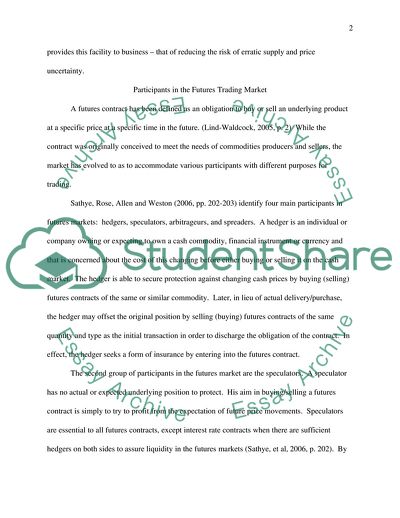Cite this document
(The US Futures Markets as a Risk Management Technique Case Study, n.d.)
The US Futures Markets as a Risk Management Technique Case Study. Retrieved from https://studentshare.org/finance-accounting/1720196-international-risk-management
The US Futures Markets as a Risk Management Technique Case Study. Retrieved from https://studentshare.org/finance-accounting/1720196-international-risk-management
(The US Futures Markets As a Risk Management Technique Case Study)
The US Futures Markets As a Risk Management Technique Case Study. https://studentshare.org/finance-accounting/1720196-international-risk-management.
The US Futures Markets As a Risk Management Technique Case Study. https://studentshare.org/finance-accounting/1720196-international-risk-management.
“The US Futures Markets As a Risk Management Technique Case Study”. https://studentshare.org/finance-accounting/1720196-international-risk-management.


